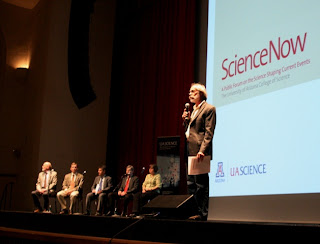
25% of the world's iodine production comes from plants in Japan affected by the March 11 earthquake and tsunami.
A new report by the U.S. Geological Survey indicates that the affected area"is home to nine cement plants, eight iodine plants, four iron and steel plants, four limestone mines, three copper refineries, two gold refineries, two lead refineries, two zinc refineries, one titanium dioxide plant, and one titanium sponge processing facility [right]. These facilities have the capacity to produce the following percentages of the world’s nonfuel mineral production: 25 percent of iodine, 10 percent of titanium sponge (metal), 3 percent of refined zinc, 2.5 percent of refined copper, and 1.4 percent of steel. In addition, the nine cement plants contribute about one-third of Japan’s cement annual production."
The iodine and titanium production loss could have global impacts, but the loss of cement production could hinder Japan's efforts to rebuild it's damaged or destroyed infrastructure of roads, bridges, ports, and buildings.
Ref: Menzie, W.D., Baker, M.S., Bleiwas, D.I., and Kuo, Chin, 2011, Mines and mineral processing facilities in the vicinity of the March 11, 2011, earthquake in northern Honshu, Japan: U.S. Geological Survey Open-File Report 2011–1069, 7 p. (Available only at http://pubs.usgs.gov/of/2011/1069/.)





 The Arizona Corporation Commission is holding a public hearing on safety of the Palo Verde Nuclear Generating Station on Tuesday afternoon in Phoenix in response to all the angst over the Japanese reactor problems. I'm on the agenda to provide background on active faulting, historical seismicity, current earthquake monitoring, and earth fissure hazards.
The Arizona Corporation Commission is holding a public hearing on safety of the Palo Verde Nuclear Generating Station on Tuesday afternoon in Phoenix in response to all the angst over the Japanese reactor problems. I'm on the agenda to provide background on active faulting, historical seismicity, current earthquake monitoring, and earth fissure hazards.



















 The latest
The latest 




















